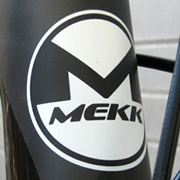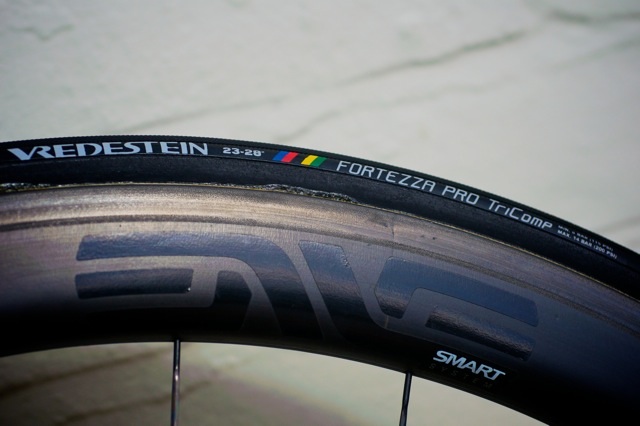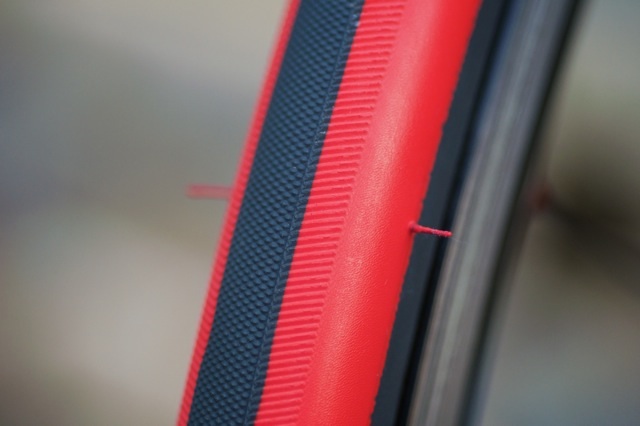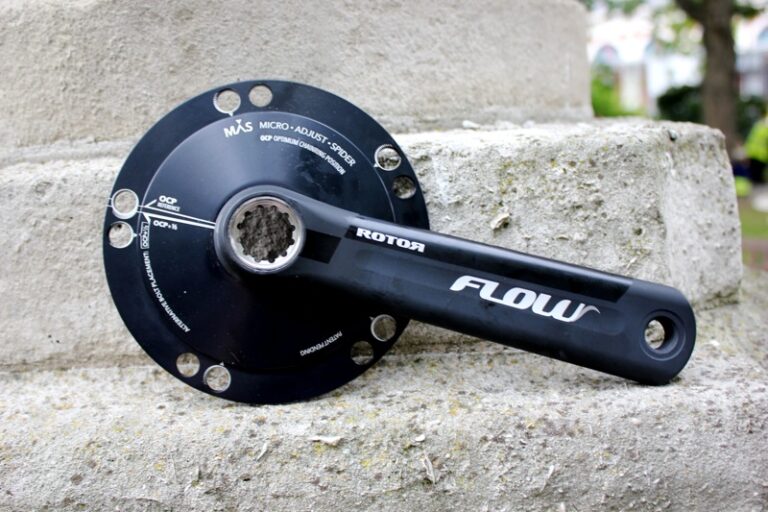If the number of people visiting the ‘New To Road Riding’ section of the RCUK forum is a guide, the success of British athletes has inspired many to turn to two wheels in recent weeks.
Our earlier guides have focused on more affordable machines, but with the sport’s appeal extending in recent years to a more mature audience of newcomers, the much lampooned MAMIL (the ‘middle aged man in lycra’ identified in a report by market research firm, Mintel), it’s not uncommon for machines of between £1,500 and £2,000 to be purchased as a first bike.
Here’s what we think you should be getting if you’re investing sums this large.
Frameset
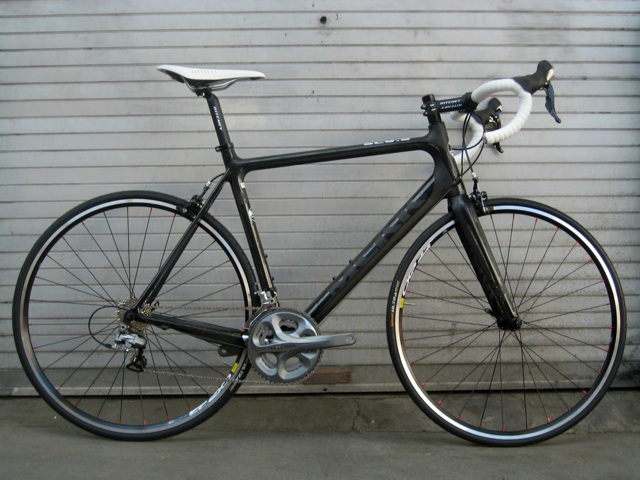
A good quality carbon frame should be attainable at this price point. As mentioned in our earlier guides, the quality of carbon frames varies and, like most areas of life, those of a higher quality will command a greater price. It’s worth remembering that the framesets used in cycling’s elite WorldTour are likely to cost more than double the £2,000 threshold of this guide. All carbon frames are not equal, anymore than are those made from steel.
That said, the broadening of the skills base, particularly in Asia, has made carbon frames more available, driving down the price from when they were the preserve of the peloton, and as experience with the material grows, the pace of development accelerates, making yesterday’s cutting edge technology the standard for today’s mid-range offering.
Better quality carbon frames will have thinner tubes, use less resin (making them lighter), and have fewer voids. Additionally, better engineered carbon frames will have fewer metals inserts: a ‘press fit’ bottom bracket, for example, where the bearing presses directly into the carbon shell, rather than screwing into an aluminium thread around which the carbon has been wrapped. These features may be included on the machines at the upper end of this price guide. The Raleigh SP Race, for example, has a BB30 press fit bottom bracket.
Aluminium frames are now a feature only of bikes at the lower end of the price band for this guide, or below. For around £1,500, an aluminium-framed machine should be very nicely equipped. The Cannondale CAAD10 Ultegra, for example, mainly has components from Shimano’s second-from-top groupset, and wheels from respected French manufacturer, Mavic.
Aluminium frames typically give a harsher ride than carbon and, unlike composites, are subject to corrosion. For this money, however, there’s a good chance an aluminum frame, will be at least as light, if not lighter, and could deliver a more active ride than the sometimes characterless ride of cheaper carbon frames.
Even if the frame is aluminium, the fork will be carbon. There are few if any downsides to a carbon fork (excepting fatigue, to which an aluminium or steel equivalent is equally susceptible). It will be light and absorb road buzz effectively. At the upper end of this price range, the bike may even include a ‘full carbon’ fork, meaning the steerer tube is carbon as well as the blades. The ITM URSA fork on Raleigh’s SP Race is an example.
Components
On bikes priced between £1,500 and £2,000, the components should come from a matched set, known to the industry as a groupset. Three companies dominate the market: Campagnolo, Shimano, and SRAM, and while the shifting mechanism differs slightly for each, choice is largely a matter of personal preference. Depending on your choice of an aluminium or carbon frame, the components will come from the mid to upper range of any of the three manufacturers. The Raleigh SP Race offers a full Shimano Ultegra groupset, second from the top of Shimano’s range of mechanical groupsets (electronic shifting is a feature on still more expensive machines) while the Scott Foil 40 is equipped with 105, a step down from Ultegra. The carbon MEKK 3G Potenza SL 5.5 and aluminium Cube Agree SL offer an interesting case study. Only a £100 separates the two. The cheaper, aluminium-framed Cube has a full Ultegra groupset, while the Mekk has generic brake calipers rather than Shimano units, but a carbon frame.
Wheels and tyres
For any machine within this price bracket, wheels should come from a reputable third party wheel builder. Wheels represent the single biggest area of improvement to the performance of a bike. Reducing the revolving weight will make you faster than, say, fitting lighter bars or saddle. Sadly, wheels on bikes at this price are not especially light. Cannondale’s Synapse Apex and the Scott Foil 40, for example, have a weighty 1912 gram, Shimano R501wheelset. The Raleigh SP Race features a similarly weighty pair of Shimano RS30s. Wheels with ball bearings rather than cartridge bearings can damage the inside of the hub shell if not serviced regularly. If you’re budget ceiling is £2,000, you might make wheels your first upgrade further down the line. Durable, Mavic Ksyrium Elite wheels at 1550 grams and £420 are a popular choice.
Tyres are usually from the budget end of the range from each of the various manufacturers. Typically, they will be a traditional ‘clincher’ design that hook onto the rim and are used with an inner tube. Cheaper tyres are heavier, usually owing to a steel rather than Kevlar bead, and typically have a lower thread count in the carcass, making them less supple. Manufacturers will point to tight margins and a competitive market place, but in most cases, we’d expect more for our money if we were spending the not insignificant sums highlighted in this guide.
Finishing kit
Finishing kit is a phrase used to describe the package of handlebar, stem, seat post, and saddle. All should be from recognised, third party manufacturers. The handlebars and stem typically will be aluminium, but a carbon seat post may be spec-ed at the upper end of this price bracket. The Scott Foil 40, for example, has a carbon post especially shaped for the frame. A carbon post will be lighter and more absorbent of feedback from the road than an equivalent aluminum unit. Saddles won’t be significantly better than those at lower price points and are likely to have aluminium or chromoly steel rails, rather than lighter carbon or titanium.
Examples
The bicycles listed below are examples of the sort of machinery available at this price point. The list is far from exhaustive. If you’re looking for advice on a specific machine, you could do worse than consult the experienced and knowledgeable community of cyclists in the RCUK Forum, or try our new compare bikes facility.

